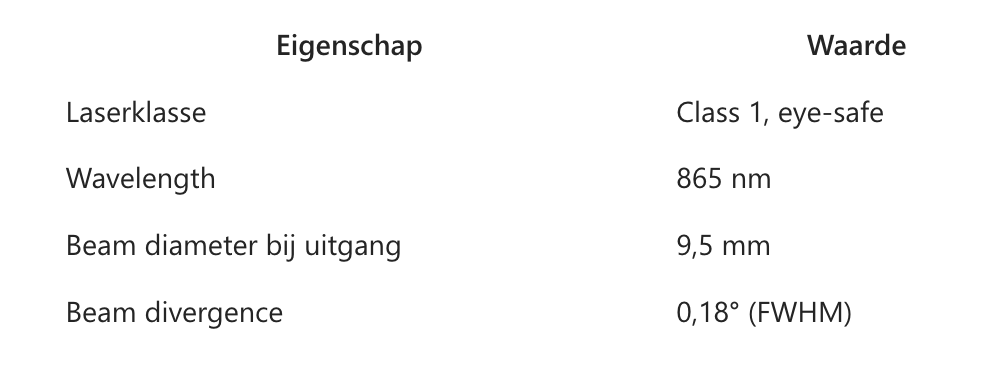The latest generation of cars is packed with sensors and smart technologies. This also applies to the newest Volvo models, which are equipped with powerful LiDAR systems. A remarkable consequence: people who take a video or photo of such a Volvo suddenly find that their smartphone camera is permanently damaged.
Smartphone damaged by car LiDAR
In this article from TopGear, it is described how a user irreparably damaged their phone camera simply by filming a Volvo EX90. This was powerfully illustrated in a Reddit video, in which the LiDAR pulse visibly left a burn mark on the camera chip.
How is that possible?
Many LiDAR systems operate with powerful lasers in the infrared spectrum (usually around 905 or 1550 nm). Although they are often invisible to the naked eye, they can burn directly into a lens with high intensity and without beam dispersion — causing damage.
As GlassAlmanac describes, it is important to distinguish between high-power LiDAR systems (for self-driving vehicles) and systems designed for safety and safe use.
A good example of the latter is the Ouster OS1, a sensor that Mactwin uses in various security solutions. It operates at a wavelength of 865 nm and complies with the Class 1 eye-safe standard according to IEC/EN 60825-1:2014, which means the laser is safe for human use — even with direct exposure to the beam.
As shown in the datasheet:

In contrast to the aforementioned Volvo LiDAR, these beams are wide enough and low-powered so as not to cause damage to optical sensors or the human eye.
